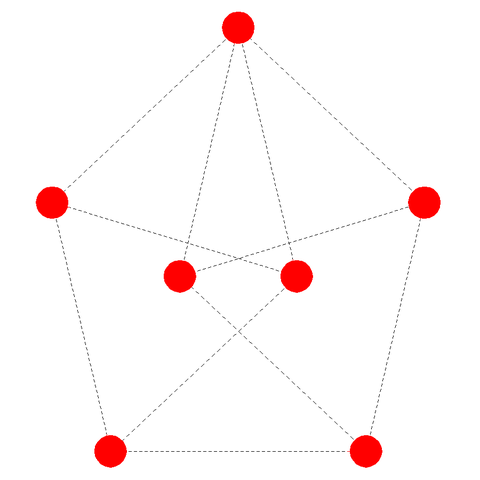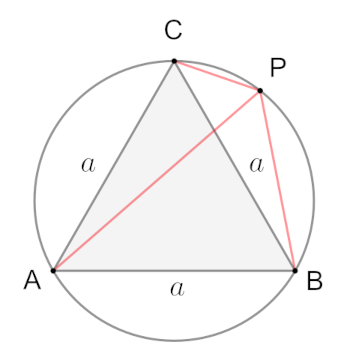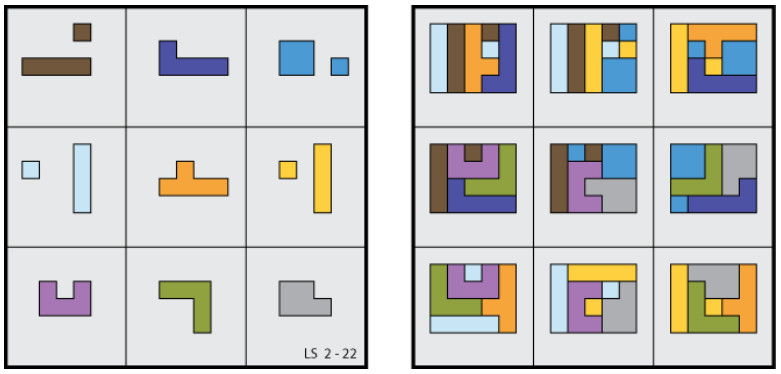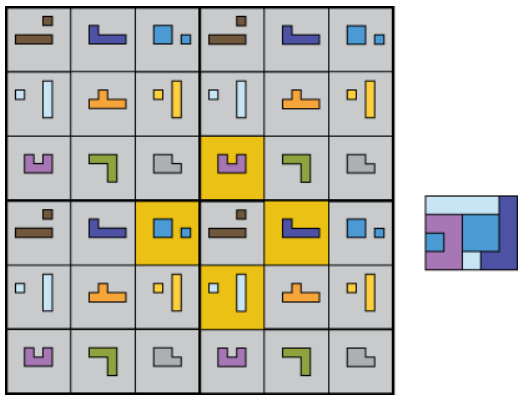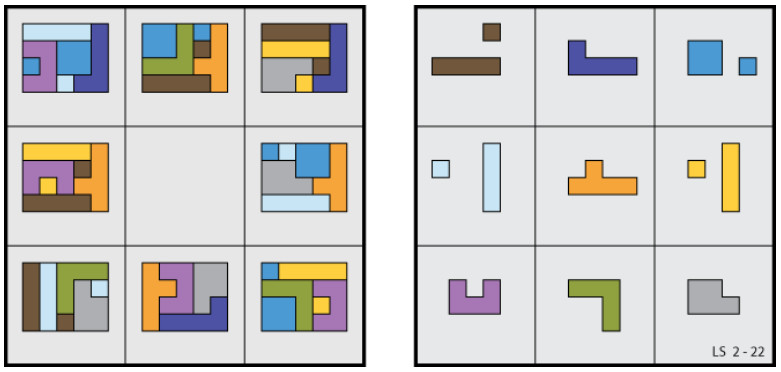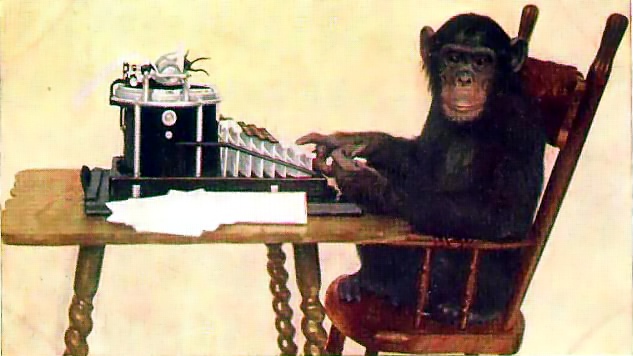In 1884, as engineers sawed brownstone out of a quarry near Manchester, Conn., amateur paleontologist Charles Owen realized that one block contained the hind part of a skeleton. He alerted professor Othniel Charles Marsh, who managed to acquire the block, but the corresponding stone containing the skeleton’s fore part had already been carted off for use in a new highway bridge.
In the ensuing years the identity of that bridge was forgotten, but in 1967, as a new highway was being constructed, Yale paleontologist John Ostrom saw an opportunity. He surveyed 60 bridges in the Manchester area and identified one 40-foot span over Hop Creek as the likeliest candidate. Then, in 1969, as that bridge was replaced, he and his colleagues examined more than 300 likely blocks at the site.
They found two 500-pound blocks that showed distinct fossil markings, and in New Haven Ostrom determined that one of the visible bones matched a thigh bone that Marsh had recovered 85 years earlier. The complete skeleton had belonged to a member of Ammosaurus, a genus that roamed the northeastern United States 200 million years ago.
(Thanks, Glenn.)

